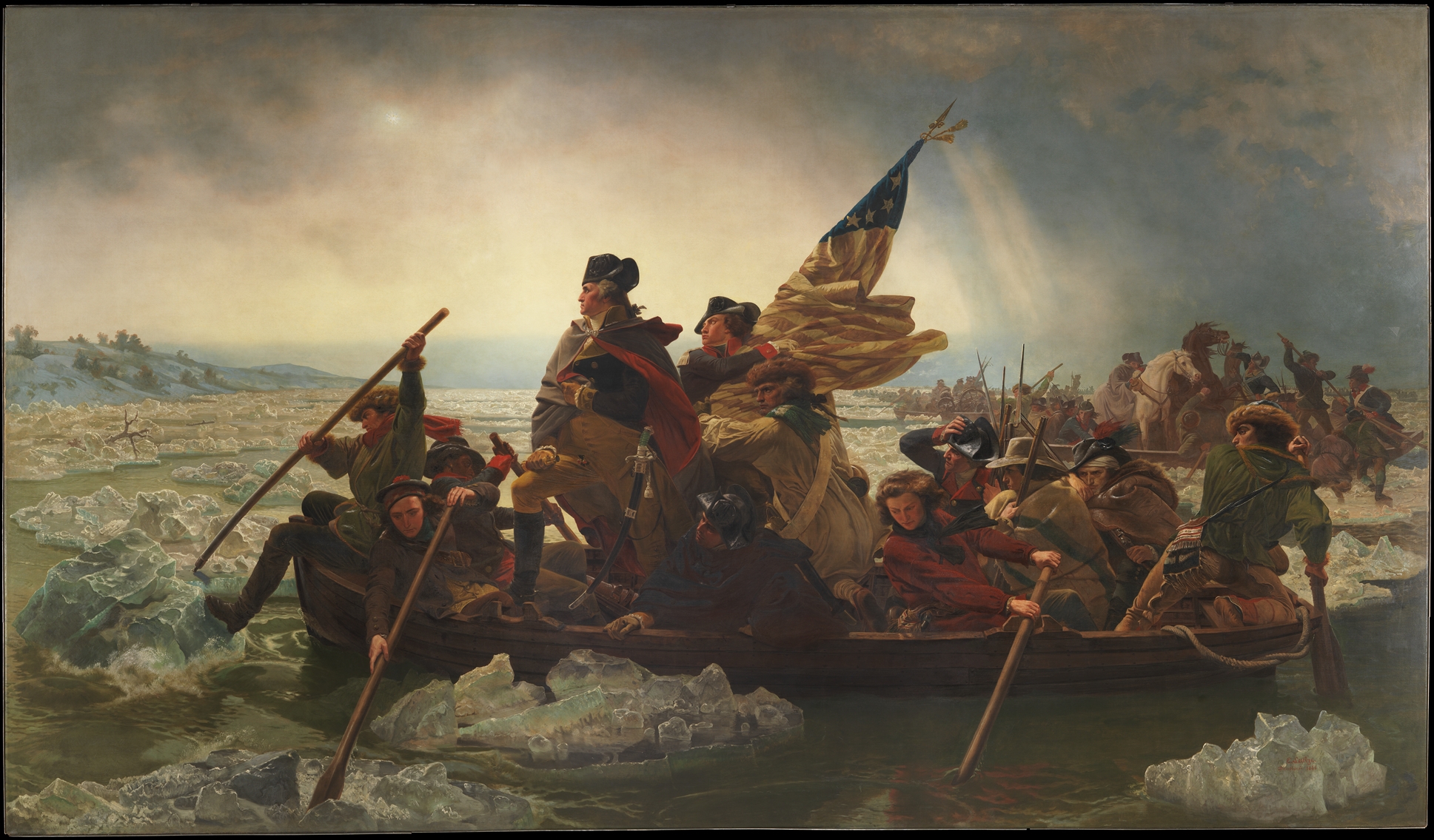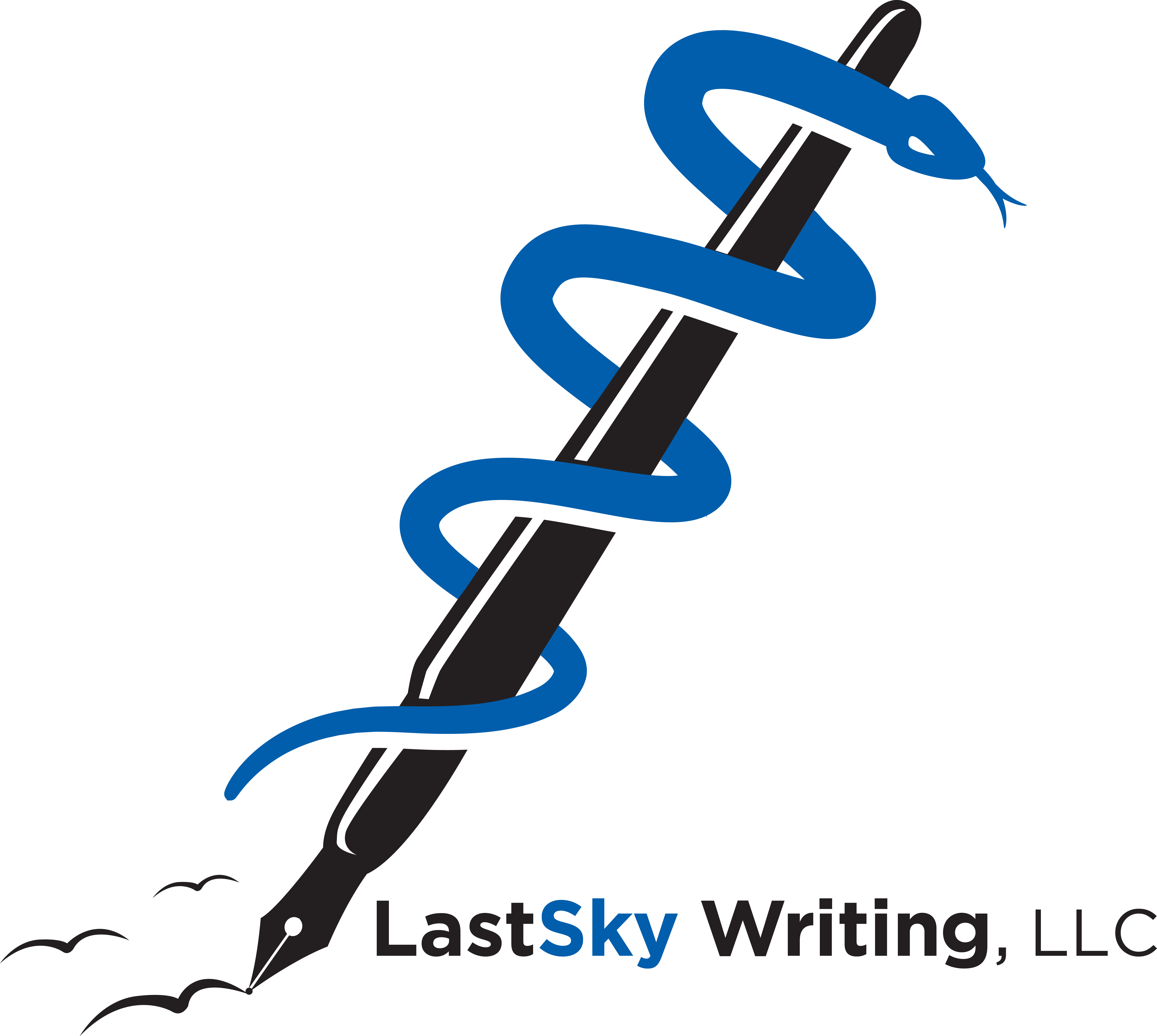Art Gallery of Ontario. Courtesy of Billy Wilson Photography on Visualhunt.com
Analysis of the visual space in which we practice is as inextricably linked with the life of the physician as is early morning coffee, always black, or the weight of a pager clinging to scrub linings. For students and seasoned physicians alike, art provides an underappreciated medium through which visual analysis can be refined, and our approach to communicating it can be honed.
As we walk about our day-to-day lives, how often do we stop to appreciate the ever-growing displays of public art that adorn gardens, buildings, and the streets we live on? Rarely, I would venture, but museums and galleries are no longer the sole proprietor of art for the public. No matter the environment, I challenge you to stop for a moment and talk about what you see, as you might confer with a colleague regarding a mutual patient. And just as the SOAP note serves as a template through which to communicate, so too do categories exist when analyzing art, helping us convey what we see, and to find deeper meaning than the superficial.
A Brief Introduction to Art Analysis

This invariably leads to analyzing the subject matter as we strive to understand how an artist has taken formal elements to convey a meaning or tell a story. In Emanuel Leutze’s Washington Crossing the Delaware, the painting’s content is readily apparent, but what about Rene Magritte’s The Therapist? A little more difficult to interpret, I suspect, with fewer satisfying conclusions.
Perhaps most importantly, analysis of the historical and cultural context of a work can challenge our first impressions and steadfast beliefs, and illuminate the significance of a work of art. Through this, we know that Leutze’s aforementioned painting was created three quarters of a century after the event it is meant to depict, across the Atlantic in a time when the artist hoped to inspire the populace against the monarchy. What did this monumental (12’5” X 21’3”) painting mean to those who viewed it in the 19th century? What about 150 years later to those who have an opportunity to see it at the Met?
As for Magritte’s The Therapist, there is much to be said for the Surrealist movement’s relationship with psychoanalysis in the early 20th century, and Rene’s dismissal of it. In our struggle to precisely define a deeper understanding, he comments:
If one looks at a thing with the intention of trying to discover what it means, one ends up no longer seeing the thing itself, but of thinking of the question that is raised.
Drawing Conclusions
Just as data, history, and observation are combined in the clinical environment, so too are each of these analytical tools woven together to produce a better understanding of what we see. Each can be used in support or opposition of the others to reach a reasoned conclusion, such as how understanding the patron of a work influences its style or subject, and thus the artist’s intentions. These are but a few of the lenses through which art might be reflected upon, discussed, and taught to others. Each methodology contributes to an understanding of the whole.
Bridging the Gap
Countless hours are spent refining the visual acuity and communicative skills that are fundamental toward being an effective physician. Being succinct, being accurate, and conveying the details that allow a trained ear to take in those seemingly disparate elements, to create a more complete image in the mind, is a common goal in art and medicine, among many other fields.
So rather than pass over the scores of paintings that adorn the walls of your local museum, or the freshly painted façade seen on your morning walk, stop for a moment. Like medicine, art has its own language, but we don’t need that to discuss what we see. Just start talking; analyze what you observe and articulate it to others . For the budding student or accomplished physician, art critique and analysis can provide a fulfilling and unique means through which to thrive in the visual world upon which medicine depends.
Nick Nemeth, DO, is a physician writer based in Colorado, currently completing additional studies in art history to support and work within the museum space.
Sign up for “The Writer Is In” newsletter and never miss a post!
You may also be interested in reading:
